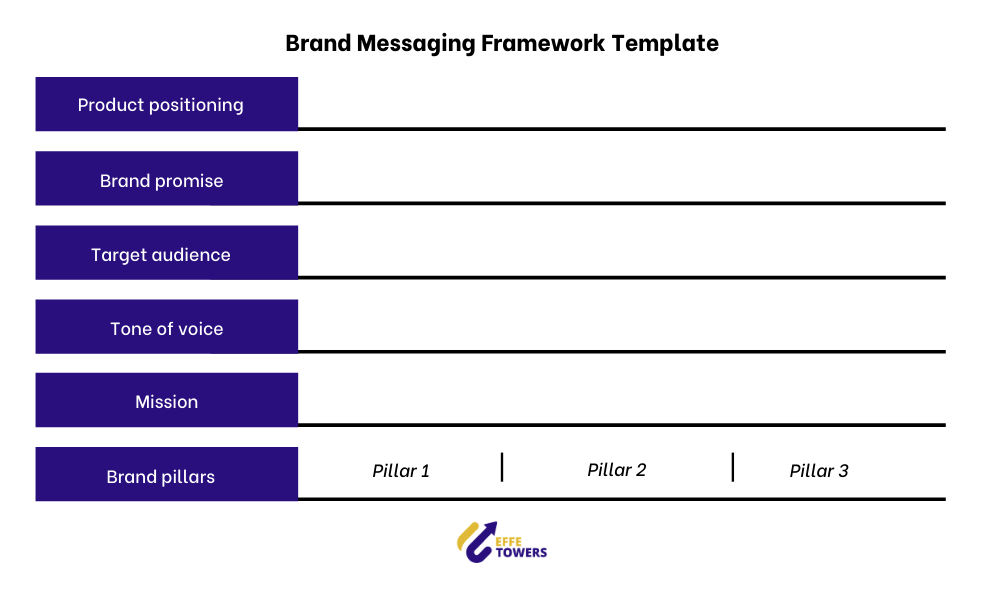Everybody has a message, but some louder than others. What makes a message resonate might not do the same for another. It is the connection between consumer and brand that determines whether the customer will be engaged, informed, enlightened, or moved to action.
To create a receptive audience, you need to craft a message that resonates with your target market. What is the most important thing that you want people to know about your business, what do you do, and why? What is your brand’s message? Understanding this will help direct your decisions on other marketing platforms such as social media.
Every successful brand has a single message that can sum up their company in just one sentence. Think about Apple’s “Think Different” or Nike’s “Just Do It” messages. They summarize and encapsulate the essence of the brand, and help people immediately understand what drives the business.
So, what do you need to consider when crafting a brand message that resonates?
- Product positioning
- Brand pillars
- Target audience
- Tone of voice
- Mission
- Brand promise
Because your brand message is not just a tagline, these mentioned elements have to be put into consideration when crafting a brand message and together, these elements create a full messaging framework that will guide every part of your marketing and content creation.

Brand Messaging Framework Template
The framework above is important to any business that wants to attract and retain customers and clients, everything about your company’s interactions with them will be centered around this framework, including how you market it. This can be a challenge sometimes as your vision may change over time and this is natural, but it will help direct this change and help keep focus.
How to Create Your Brand Messaging Framework
- Product positioning: Your positioning statement is your unique selling proposition. It is what distinguishes you from your competition. It can be a single sentence or a paragraph that explains how you’re different and better than your competitors.
- Brand promise: State what you (or your company) stand for, and delivers in every interaction. Your “guarantee” to the customer.
- Target audience: know who your target audience are. If you try to craft your message to everyone, then your message will end up being targeted at nobody.
- Brand tone: Define the tone that you want to use for your brand. Using a tone that is too casual could garner apathetic responses from your readers. However, using a tone that is too formal might deter the best and brightest from wanting to engage because it sounds boring and/or pretentious. The key when it comes to finding the right tone is to understand the personality of your target audience.
- Mission: Your mission statement defines the purpose, goals, and values of your organization. Your mission statement should clearly articulate who you serve, what problems you solve, and why what you do matters to stakeholders in your business and elsewhere.
- Brand pillars: What are those principles core to your business identity? This will tell the story of your brand and reinforce why people should engage with you.
Let’s take a look at what the brand messaging might look like for the shoe brand TEGAS, which produces high-quality, classy shoes.

Once you’ve completed the messaging chart like the one above, you should now have a messaging framework in place which consistent across all boards, from your employees down to your customers, and it should reflect in your go-to-market efforts.



